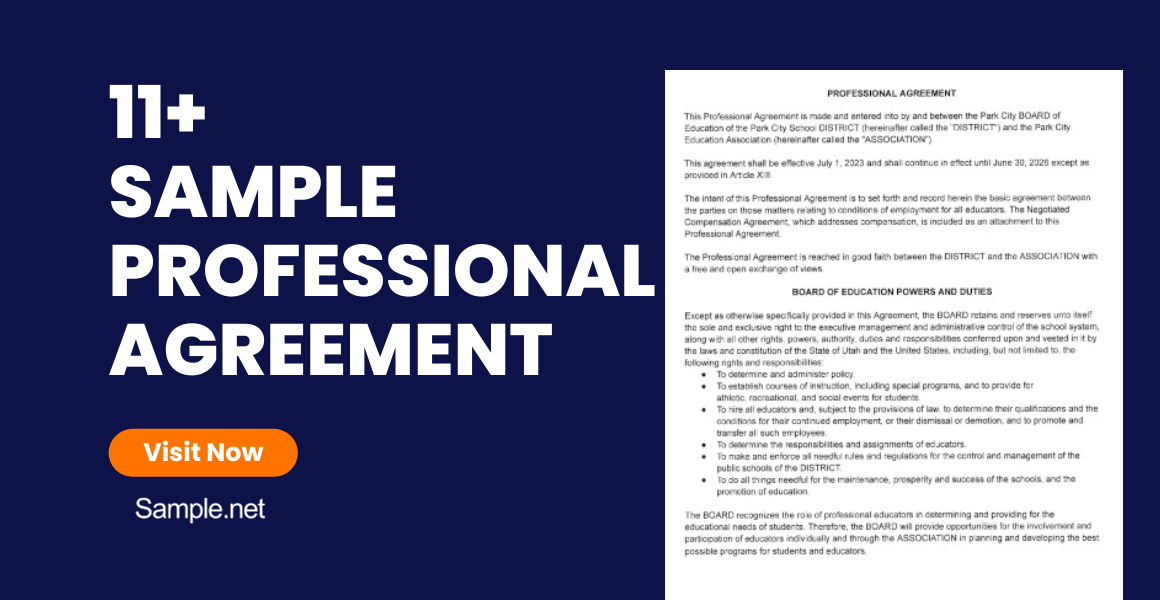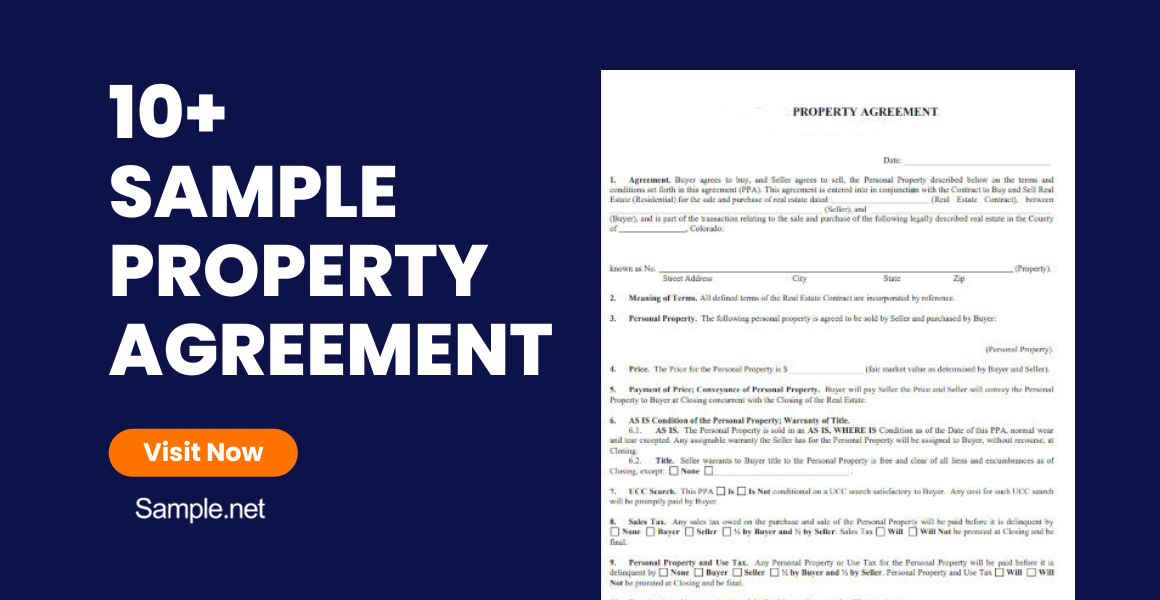Welcome to the epitome of seamless collaborations! Our Professional Agreement sample guide is your compass in the intricate world of business contract dealings. Crafted for clarity and precision, this…
continue reading47+ Sample Purchase Agreements
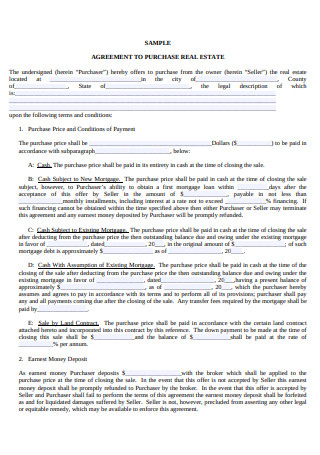
Agreement to Purchase Real Estate
download now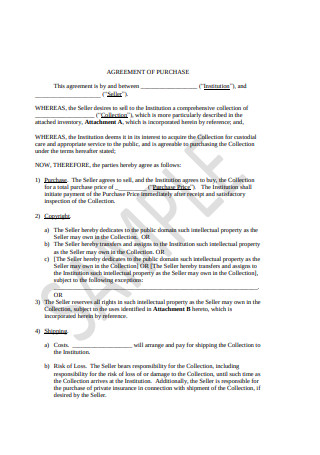
Purchase Agreement
download now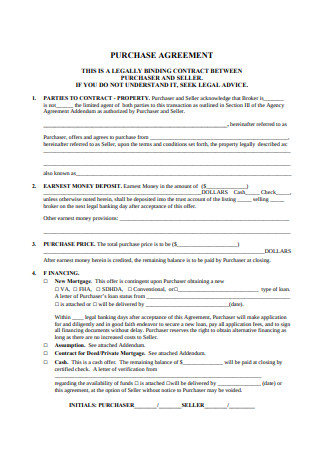
Property Purchase Agreement
download now
Customer List Purchase Agreement
download now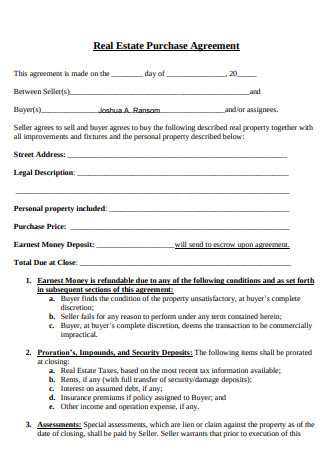
Real Estate Purchase Agreement Sample
download now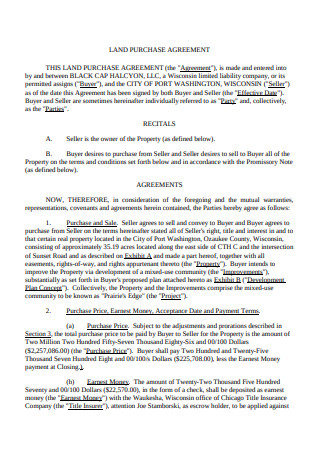
Land Purchase Agreement
download now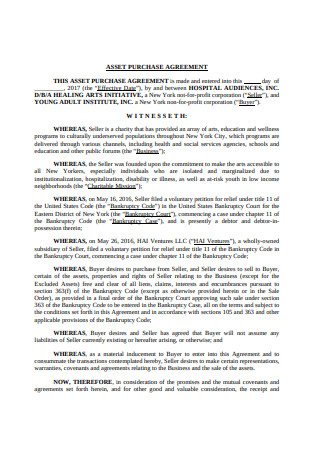
Asset Purchase Agreement
download now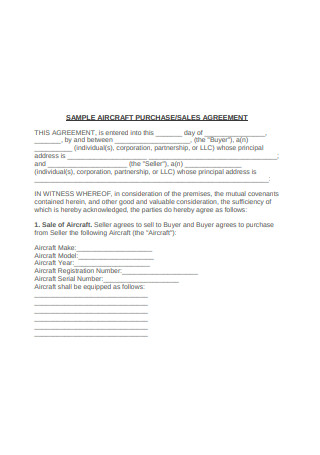
Sample Aircraft Purchase Sales Agreement
download now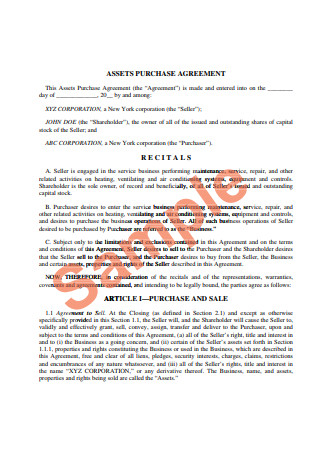
Asset Purchase Agreement Sample
download now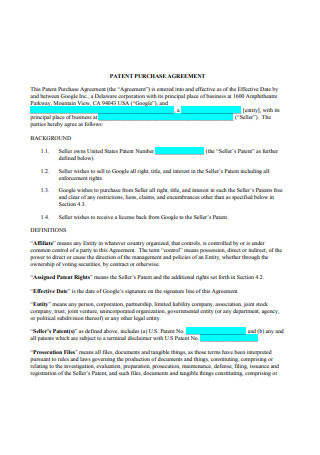
Patent Purchase Agreement
download now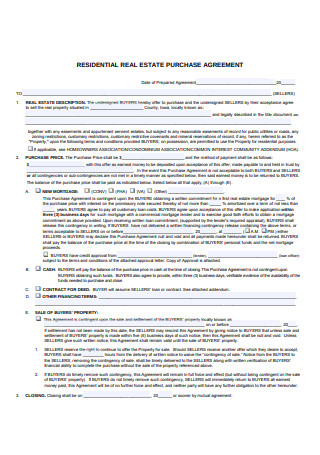
Residential Real Estate Purchase Agreement
download now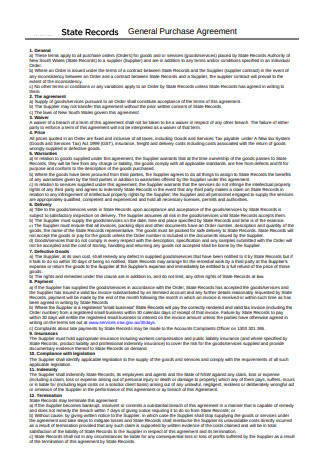
General Purchase Agreement
download now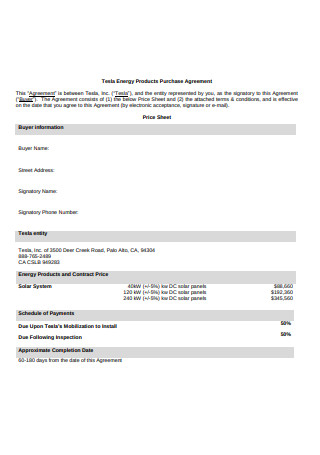
Products Purchase Agreement
download now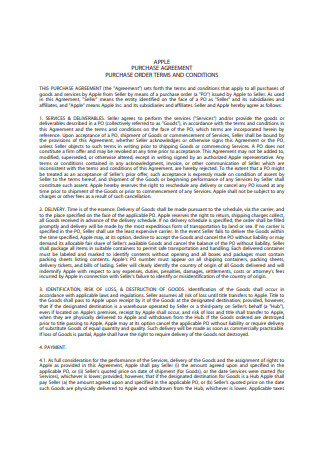
Purchase Agreement Format
download now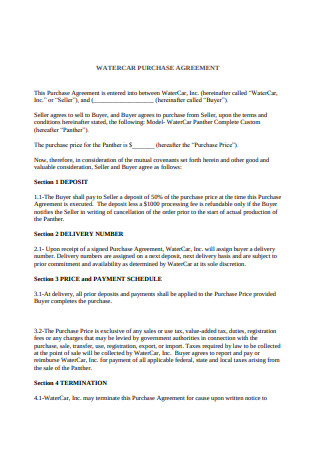
Car Purchase Agreement
download now
Master Purchase Agreement
download now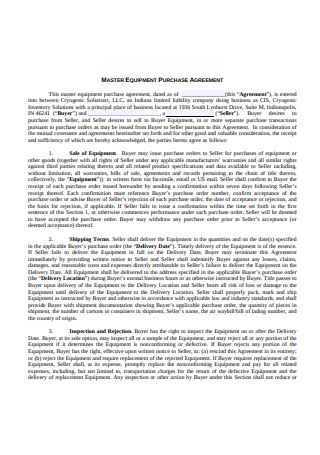
Master Equipment Purchase Agreement
download now
Sample Power Purchase Agreement
download now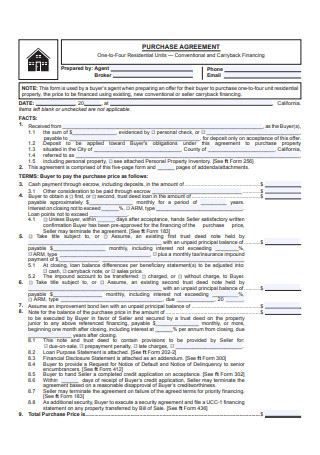
Residential Purchase Agreement
download now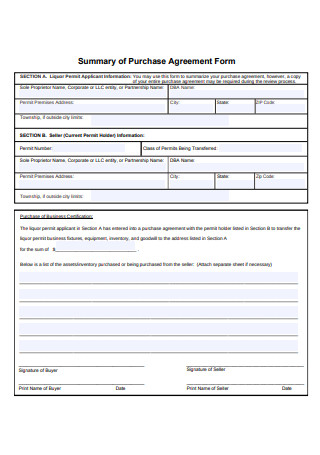
Purchase Agreement Form
download now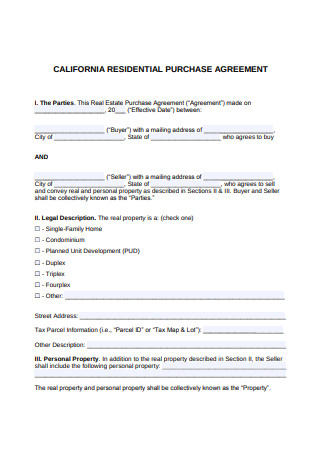
Residential Purchase Agreement Sample
download now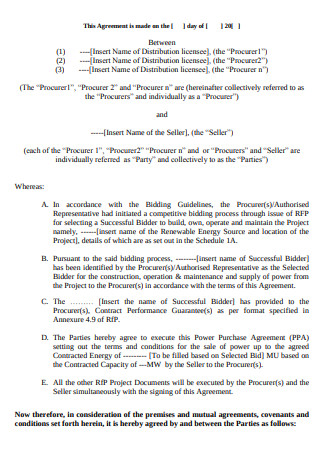
Power Purchase Agreement
download now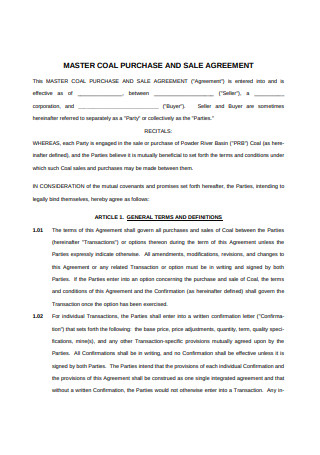
Master Coal Purchase and Sale Agreement
download now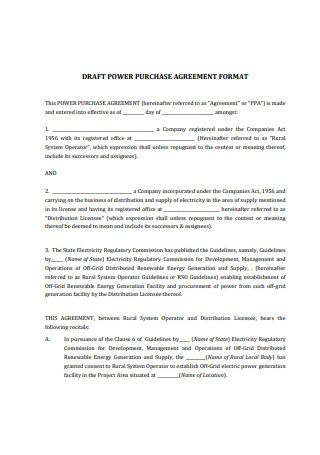
Draft Power Purchase Agreement Format
download now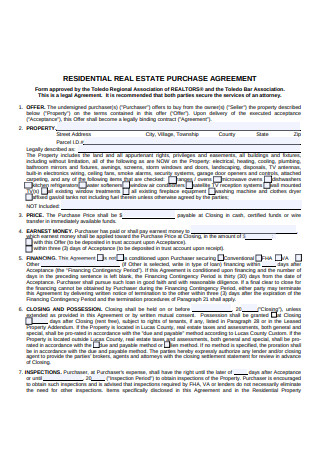
Residential Real Estate Purchase Agreement Format
download now
Asset Purchase and Sale Agreement Format
download now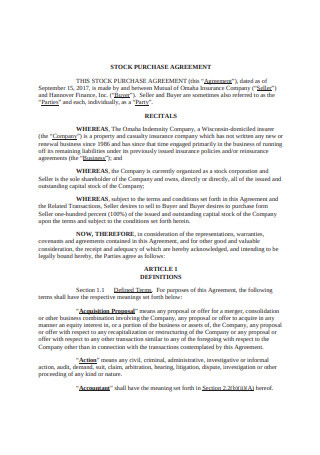
Stock Purchase Agreement
download now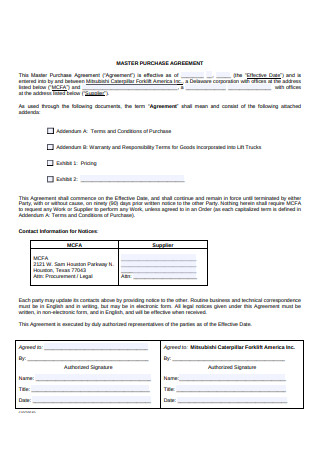
Master Purchase Agreement Sample
download now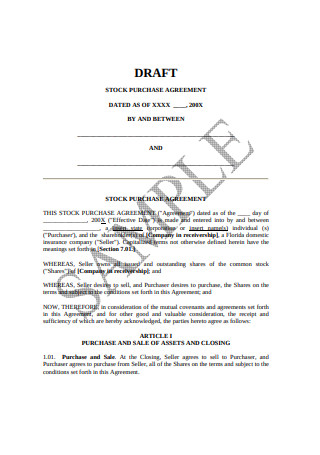
Stock Purchase Agreement Sample
download now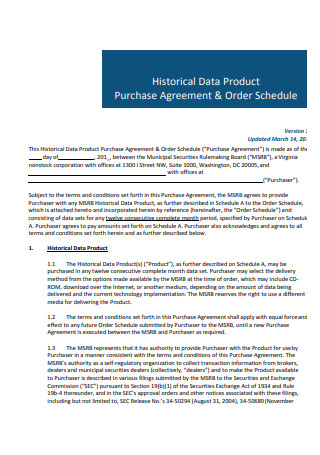
Historical Data Product Purchase Agreement
download now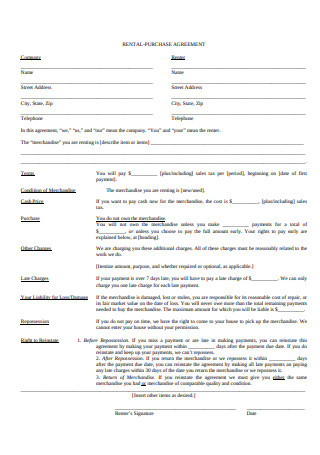
Rental Purchase Agreement
download now
Property Purchase Agreement Sample
download now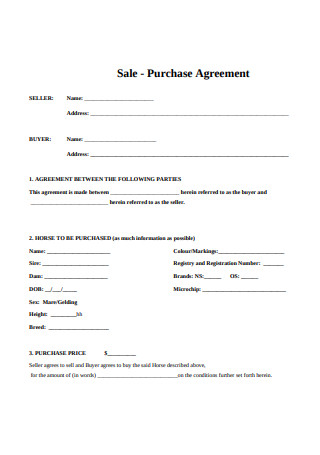
Sale-Purchase Agreement
download now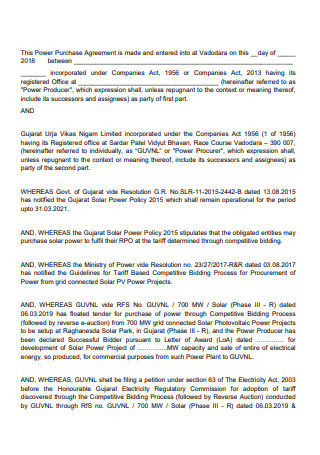
Basic Power Purchase Agreement
download now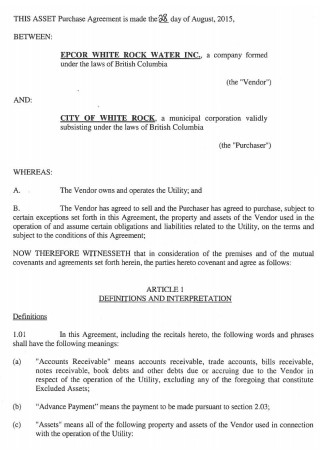
Asset Purchase Agreement Format
download now
Real Estate Purchase Agreement Example
download now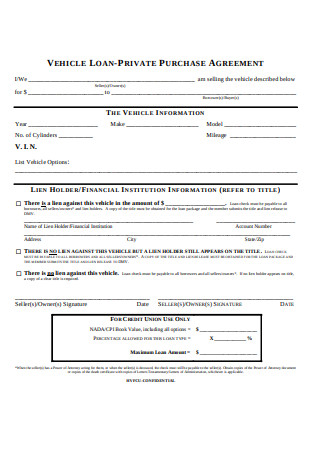
Vehicle Loan Private Purchase Agreement
download now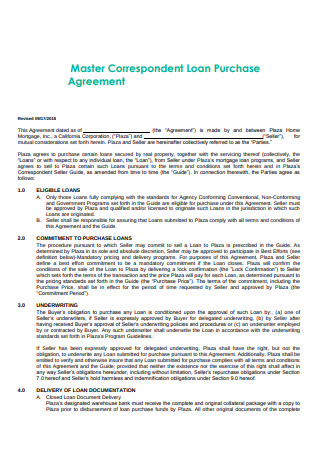
Master Correspondent Loan Purchase Agreement
download now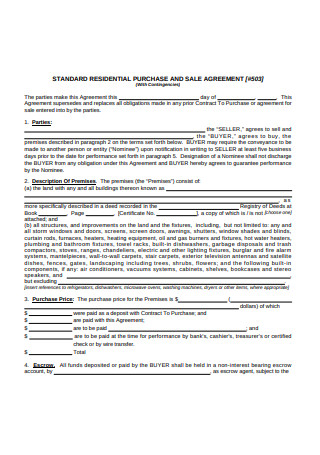
Standard Residential Purchase and Sale Agreement
download now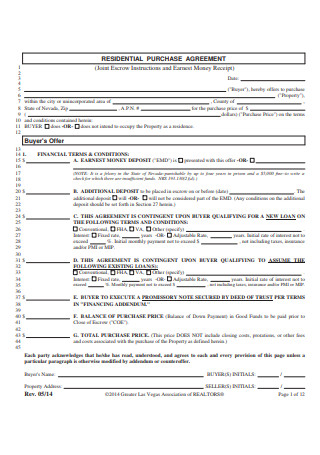
Residential Purchase Agreement Format
download now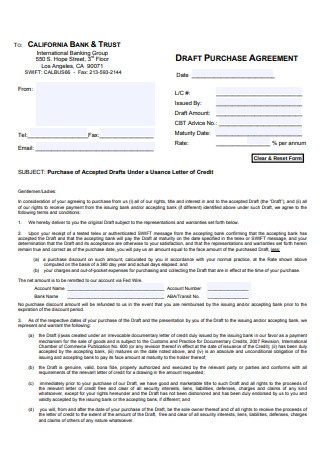
Draft Purchase Agreement Format
download now
Purchase and Sale Agreement Format
download now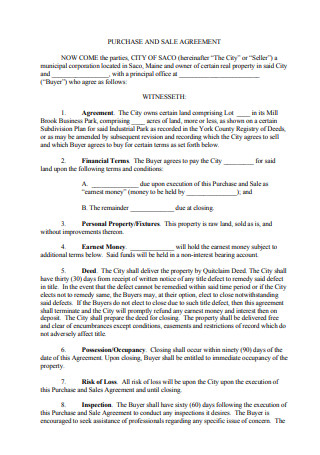
Standard Purchase and Sale Agreement
download now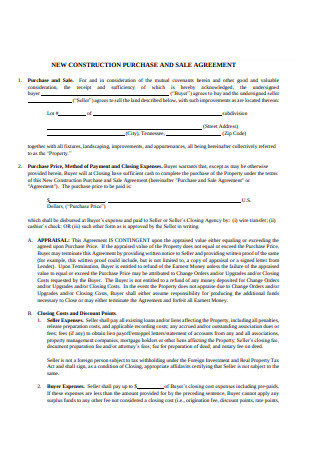
New Construction Purchase and Sale Agreement
download now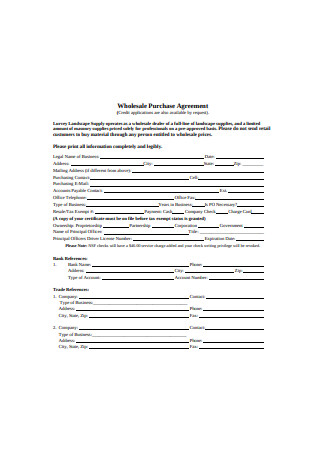
Wholesale Purchase Agreement
download now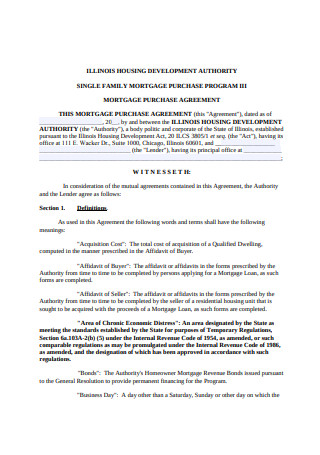
Mortgage Purchase Agreement
download now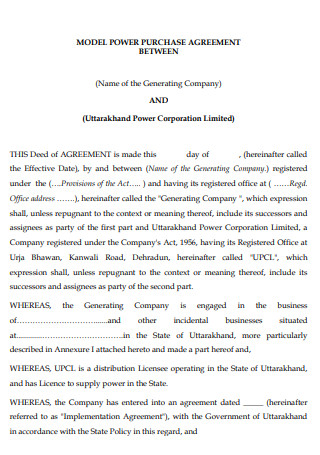
Model Power Purchase Agreement
download now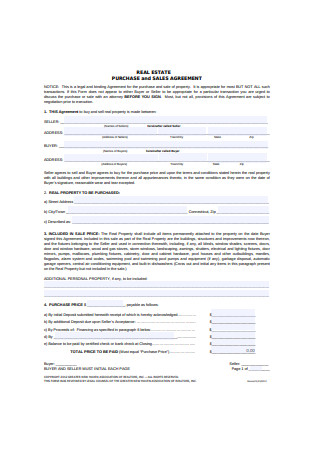
Real Estate Purchase and Sale Agreement
download now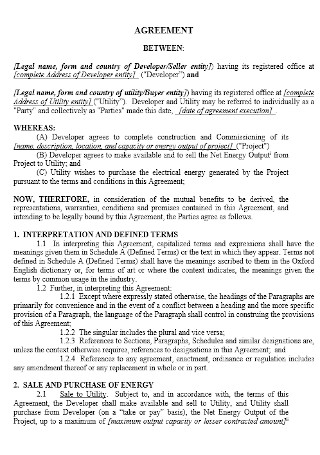
Power Purchase Agreement Template
download now
What is a Purchase Agreement and When is it Needed?
Purchase agreements place into writing future transactions regarding an exchange of pieces of property or personal products. Essentially, it is a document that lays out the terms and conditions of a future purchase. It primarily provides the details of the payment plan and inclusions, most notably, the warranty. Because of its primary purpose, this document is also commonly known as the Agreement to Sell Personal Property. The agreement contains the necessary details that will make the exchange faultless. Specifications of the product, delivery details, and payment terms are spelled out in separate sections of the document.
A key defining feature of this document relies on when it is necessary. Most sales documents are required after the exchange of products and money, but purchase agreements are needed before the actual transaction. The settlement of the agreement beforehand decreases the chances of backing out from the deal at the last minute. It also permits flexibility from both parties. The involved parties have relative freedom in settling the details of the agreement, especially regarding the terms of the payment and the procurement of the product.
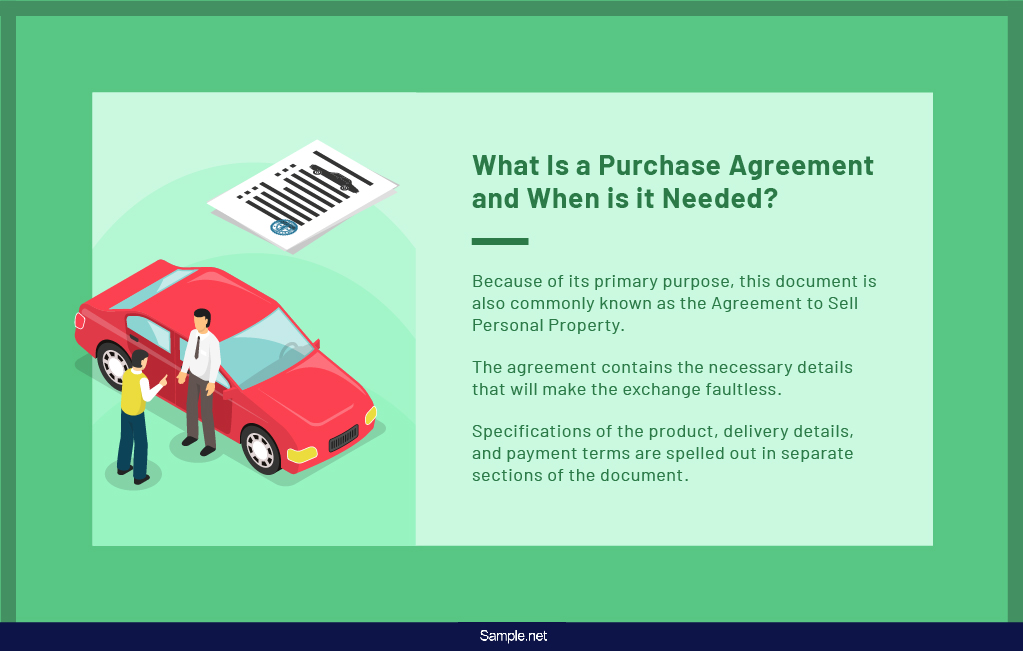
Building Blocks of a Purchase Agreement
Trade and commerce naturally evolved due to human need. Locals exchanged goods with people from foreign lands to acquire products. A crude form of exportation, as one might say. The exchange of agricultural produce gave rise to free markets in ancient civilizations. All forms of transactions were not forced. A standard form of currency was absent too. The market developed into the capitalist system that we have now. The presence of a framework and stable system demanded the need for contracts to pinpoint who owns what. And until when, depending on the nature of the agreement.
What are the Variations of Purchase Agreements?
Technological innovations revamped the global market. Stores are focusing on their digital marketing by being available and accessible through several online platforms, including a website and mobile applications. But despite this significant change in consumers’ behavior and preferences, there are still products that are more convenient to deal with offline. Real estate and vehicles require personal interaction and settle the agreement over signed contracts.
Car/Vehicle Purchase Agreement
Although purchase agreements appear to be the same, it has several variations according to the required good. Purchase agreements require an accurate and unique description of the item. For car/vehicle purchase agreements, it primarily requires the identification number of the car. Vehicle identification numbers are used by the automotive industry to identify each type of vehicle. It also calls for the make, model, color, and production year of the car. The number of miles in the odometer is required in purchasing used cars. Aside from these pieces of additional information, car deals also have additional payments, especially in acquiring brand new models, that are not required in purchasing other properties. Some of the additional fees are for documentation, registration, and dealership.
Real Estate Purchase Agreement
Purchasing real estate properties require a tailor-fit purchase agreement to cover the complexities of the property. It deals with real property such as pieces of bare land, residential, and commercial spaces. Most real estate deals require earnest amounts that serve as security deposits to assure the seller that the buyer is sincere in buying the property. There are also more discussions regarding insurance and warranties. Settlements about which party will shoulder a particular fee. Also, real estate deals have more dates to remember such as the closing date which signifies that the ownership is finally transferred to the new owner. And a distinguishing factor is the presence of contingencies; situations that allow either of the parties to legally back out from the agreement when a condition is not achieved. It can happen when an inspection came out as unsatisfactory. This means that the features and condition of the property are not what the seller promises. If this does happen, the buyer can back out from the deal without incurring legal liabilities.
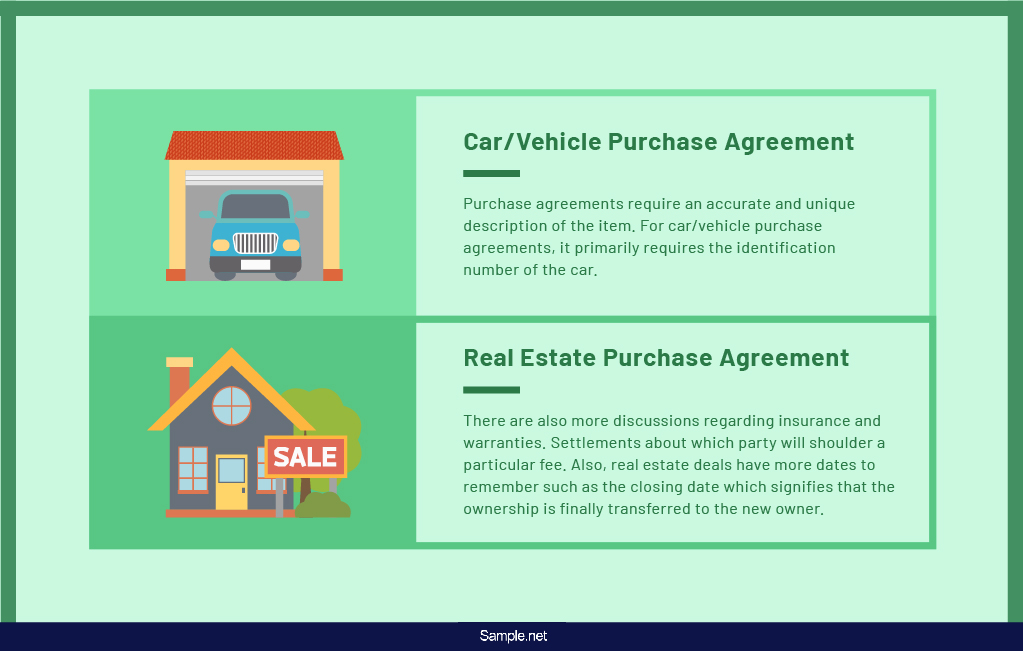
Purchase Agreement vs Various Sales Documents
Wanting a piece of property or vehicle is easy, but purchasing it takes patience, effort, and a ton of paperwork. As one can expect, a purchase agreement is one of the needles in a haystack. The entire process of ordering until transferring ownership requires essential documents.
Ordering a shipment of bulk goods require a valid purchase order. It contains details like a unique description of the item, order number, and shipment number to track its delivery route. On the other hand, the main users of purchase agreements are parties who have the intention to buy or sell goods. The document binds the intention of both parties to deliver and pay properties. And after the exchange is finalized, invoices and bills of sales are produced. Both documents record the transaction. But an invoice requests payment, while a bill of sales transfers ownership of the item from the former owner to the buyer.
All of these documents are necessary for making a legitimate sale. It records the intention, order, delivery, and transfer of ownership. If you find yourself in the place of a buyer, take note of each document’s importance as it will protect your interests and resources.
How to Compose a Professional Purchase Agreement?
Even though the need for written agreements is inherent, a legal concept requires it. The statute of frauds requires certain deals to be in writing such as selling of real estate properties, deals that go for more than a year, and purchases that exceed $500. So, in line with this requirement, here is a basic process on how to make a tailor-fit purchase agreement.
Step 1: Start with the Basics
In starting a purchase agreement, be straightforward with the facts of the deal. Immediately indicate the purpose of the contract. It also helps if you specify whether it is a real estate, vehicle, or property purchase agreement. Next, introduce the parties involved in the property that is up for sale. For equipment purchase, it is best to include the serial or identification number of the equipment for a specification. It is also preferred to indicate the selling price at the beginning of the contract, without specifying the break down of the values to come up with the cumulative amount. These factors create the foundation of the agreement, all the other details in the contract revolve around these elements. And if there are security deposits or earnest money, in real estate deals, it is also advisable to include it in the starting content of the agreement.
Step 2: Define the Property/Vehicle/Real Estate
The next best thing to do is to elaborate on the details of the property for sale. State its current condition and its inclusions. The availability of fixtures, mostly in residential and commercial real estate properties, significantly affects its price point. So, to avoid questions regarding the price, create and include a list of the fixtures in the property. Fully furnished spaces are, logically, more expensive than pads and semi-furnished places. The seller must also be transparent in indicating the current condition of the property. In most second-hand car deals, the current status significantly impacts its marketability. Always remember that there are some properties, especially gadgets that quickly depreciate. As a buyer, it is essential to know these kinds of information to make sure that you are dealing with a fair price.
Step 3: Finalize Payment Deal
As mentioned, the primary focus of purchase agreements is to finalize the payment arrangement of the deal before going through with it. After the initial introduction of the selling price, the elaborate details continue in a separate section. Document the final payment arrangement by indicating the preferred means of payment of both parties. Also, it is important to note how the buyer will pay for the amount, especially for real estate and car deals that can go on for years. Most buyers opt to apply for mortgages and loans. If this is the case, state the status of the application. Apart from the method of payment, the contract should also contain arrangements on which party will pay for what. In real estate purchases, there are closing fees. Some sellers opt to pay for this fee, while others do not. To avoid conflict, indicate all arrangements in writing.
Step 4: Conflict Settlements and Termination
After settling the details of the parties, product, and payment, the next section of the purchase agreement is a list of provisions regarding resolving disputes and resolution of the contract. Both parties can be proactive in this matter. Both can research on the common causes of premature termination of purchase agreements and draft provisions that can resolve those issues or avoid it.
Contingencies are available for real estate deals; these are specific conditions wherein a party can legally back out from the agreement. A typical example is the finance clause. It allows the seller to back out from the contract if the mortgage application of the buyer does not go through, and they are allowed to look for a more competent buyer. Deal deadlines are also deal breakers in purchase agreements. Remember, these agreements are finalized before the exchange of goods. If the buyer does not adhere to the time frame of accepting the offer, the entire deal will not carry out.
Step 5: Seek Legal Advice
Before making the contract legal and binding, go over all the sections of the document. Make sure that there are no grammatical and typographical errors. Surely, no one wants to be in a legal predicament because of simple and avoidable mistakes. For first time dealers, it is advisable to seek legal advice with an attorney, even if the laws of the state do not mandate it. This necessary step can incur a high cost, so both parties can discuss the method of payment. One party can either own the responsibility or split the bill. Either way, consulting legal counsel can make sure that the agreement is fairly written and if there are no loopholes and circumventions.

